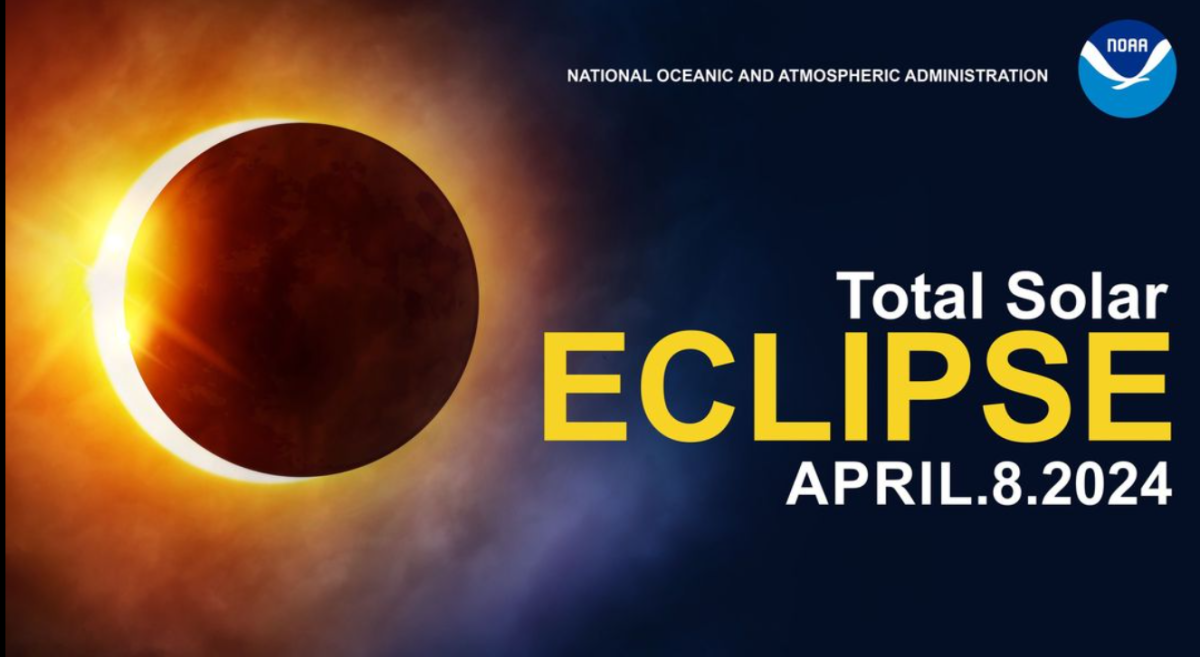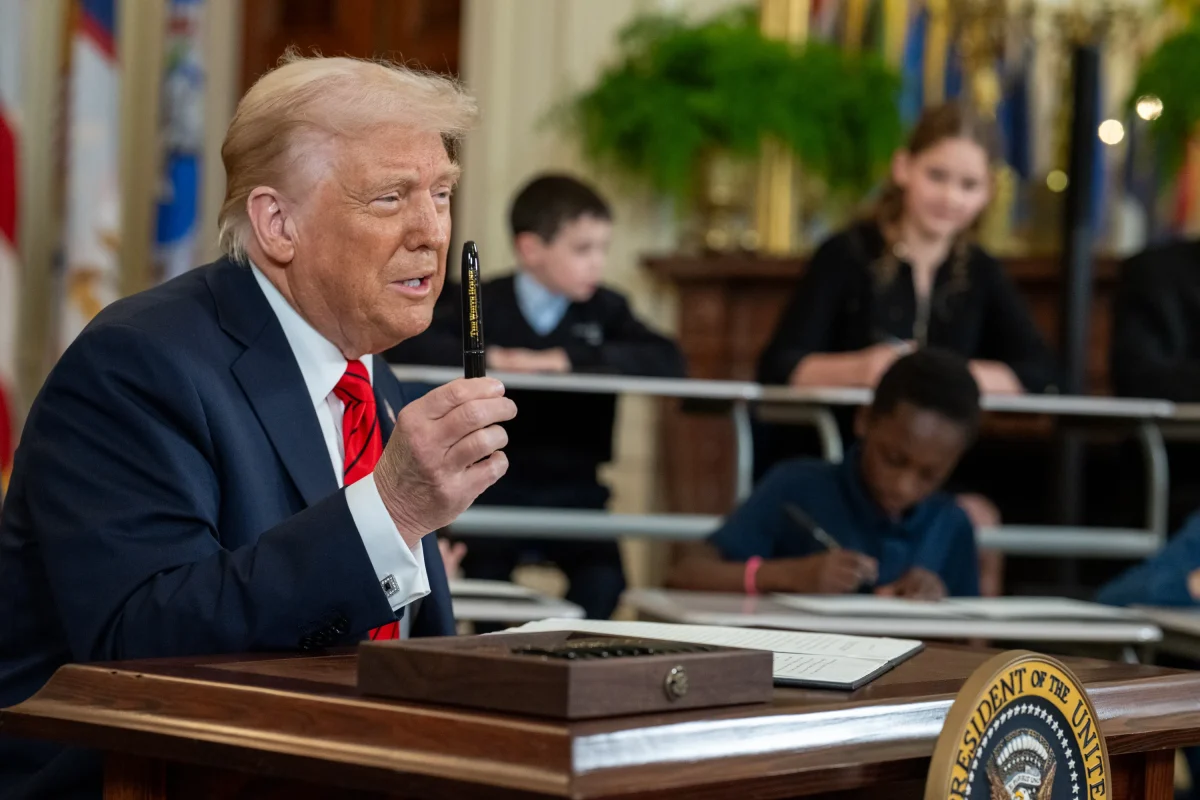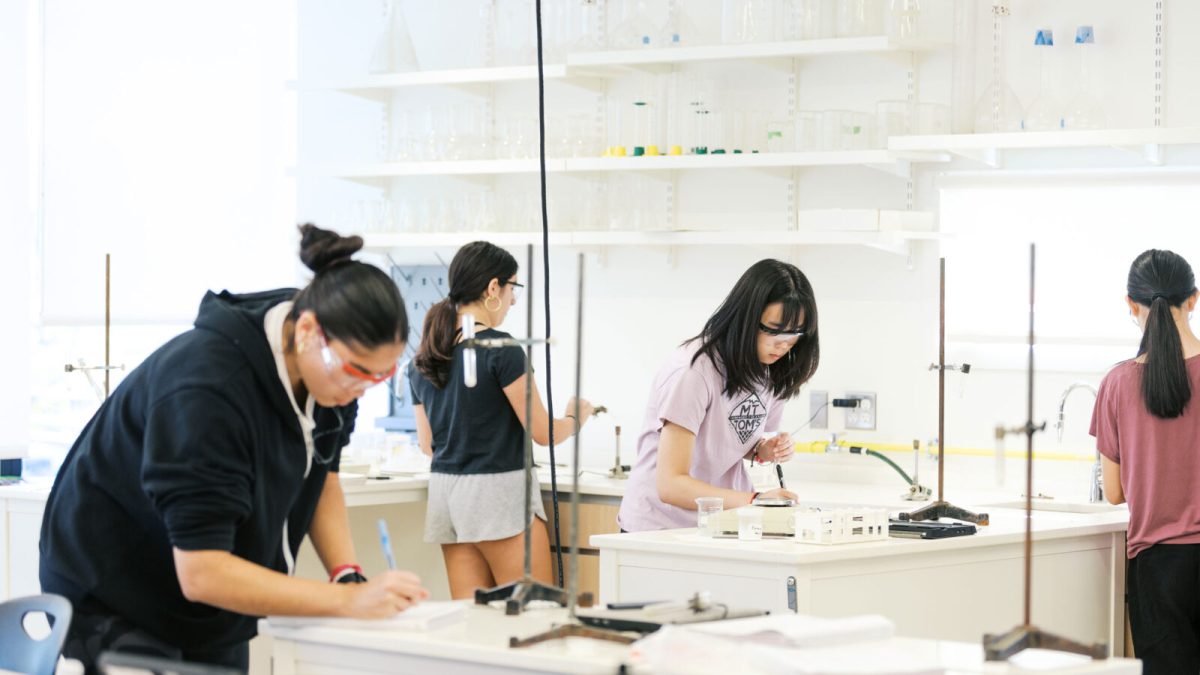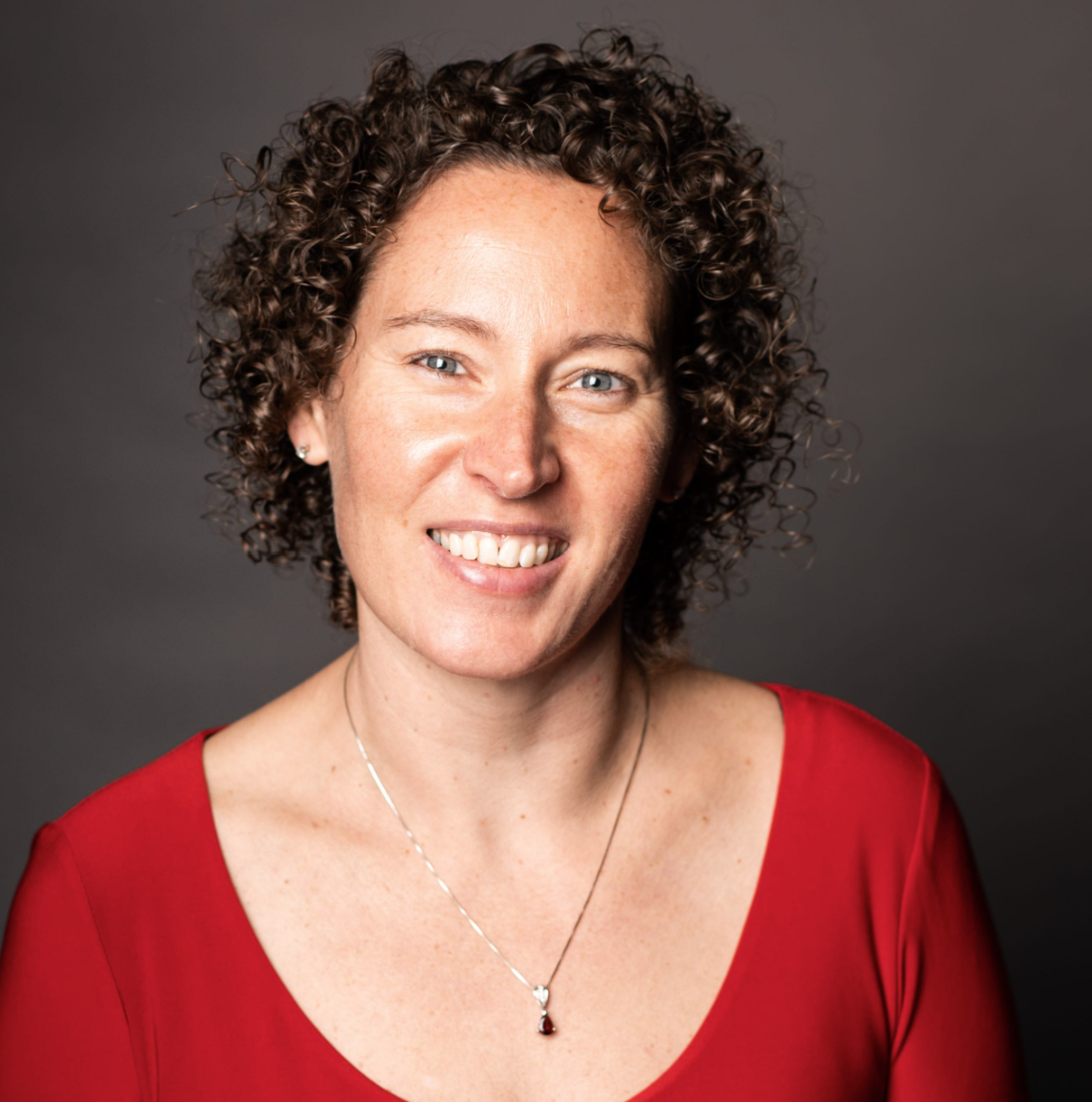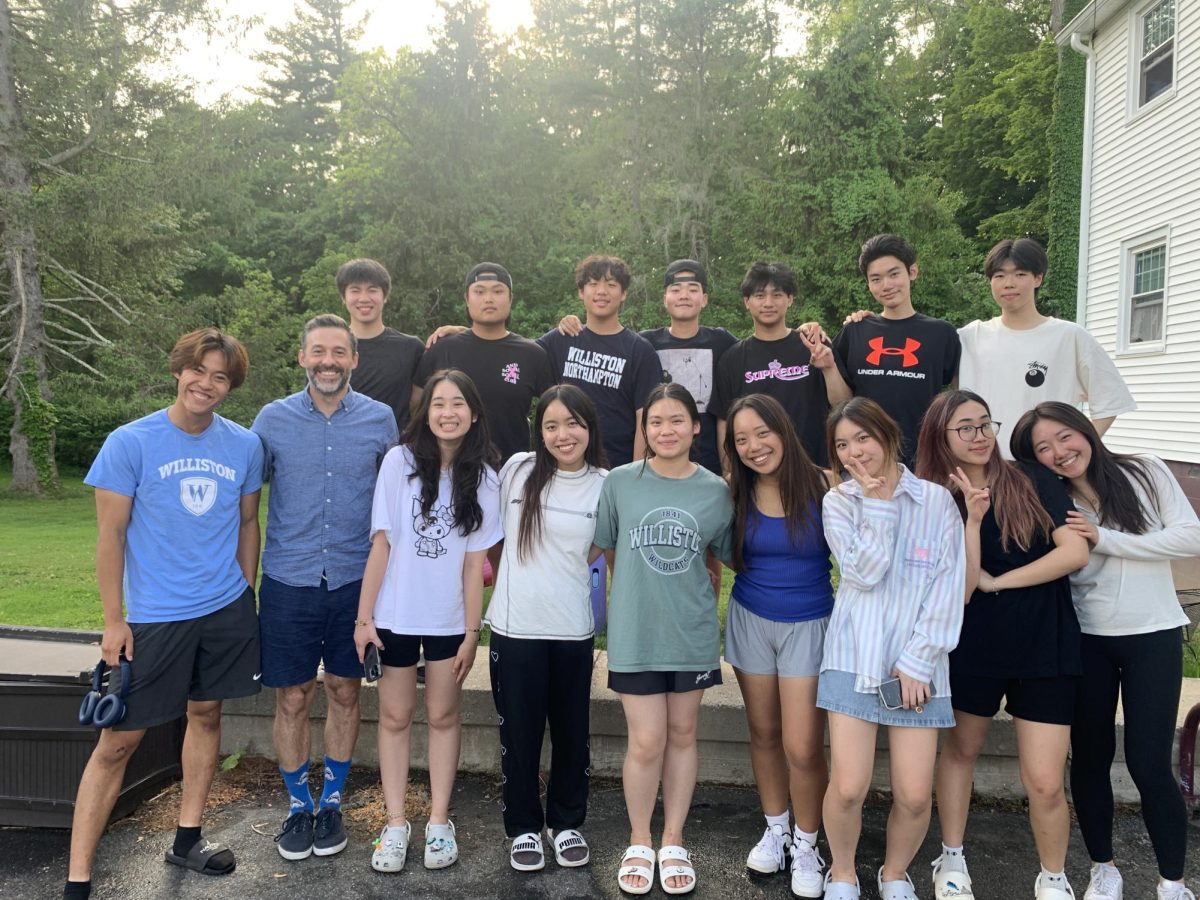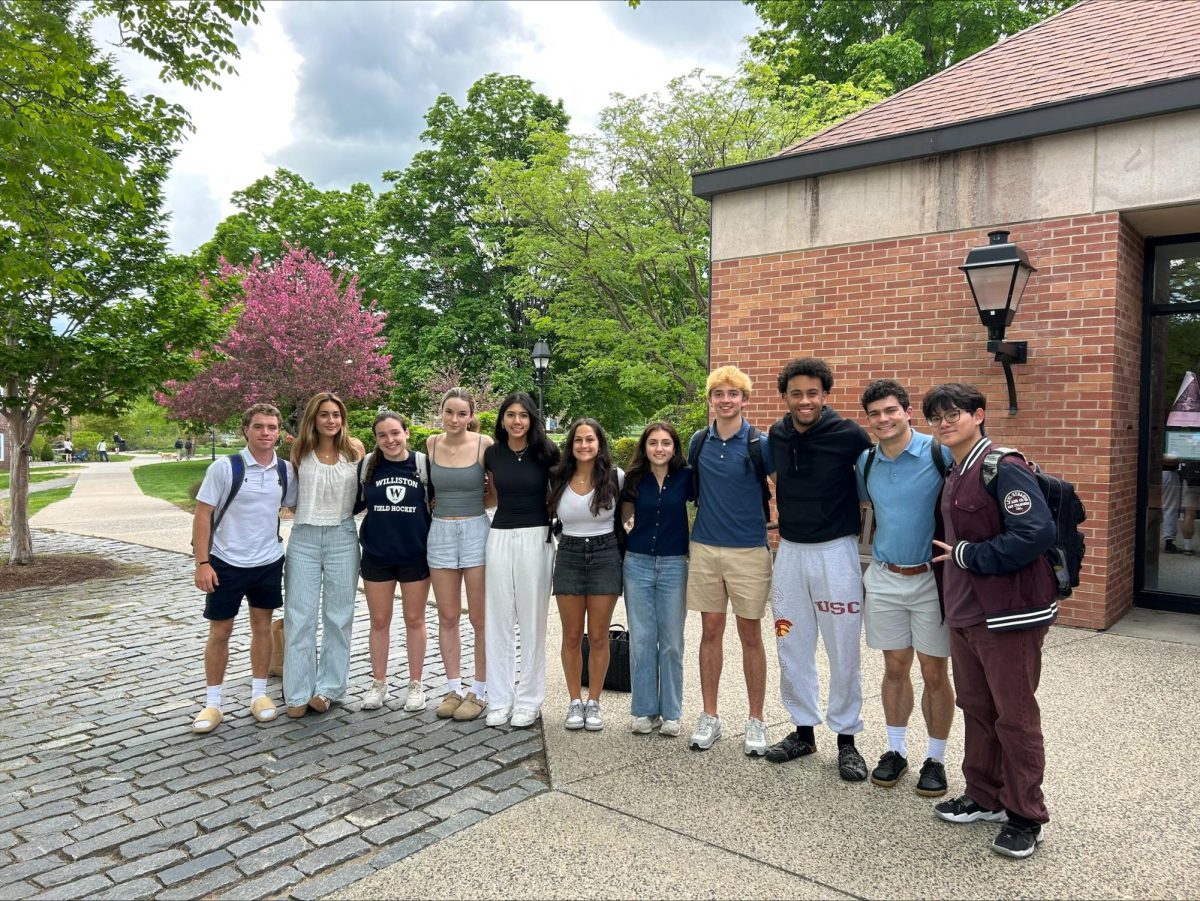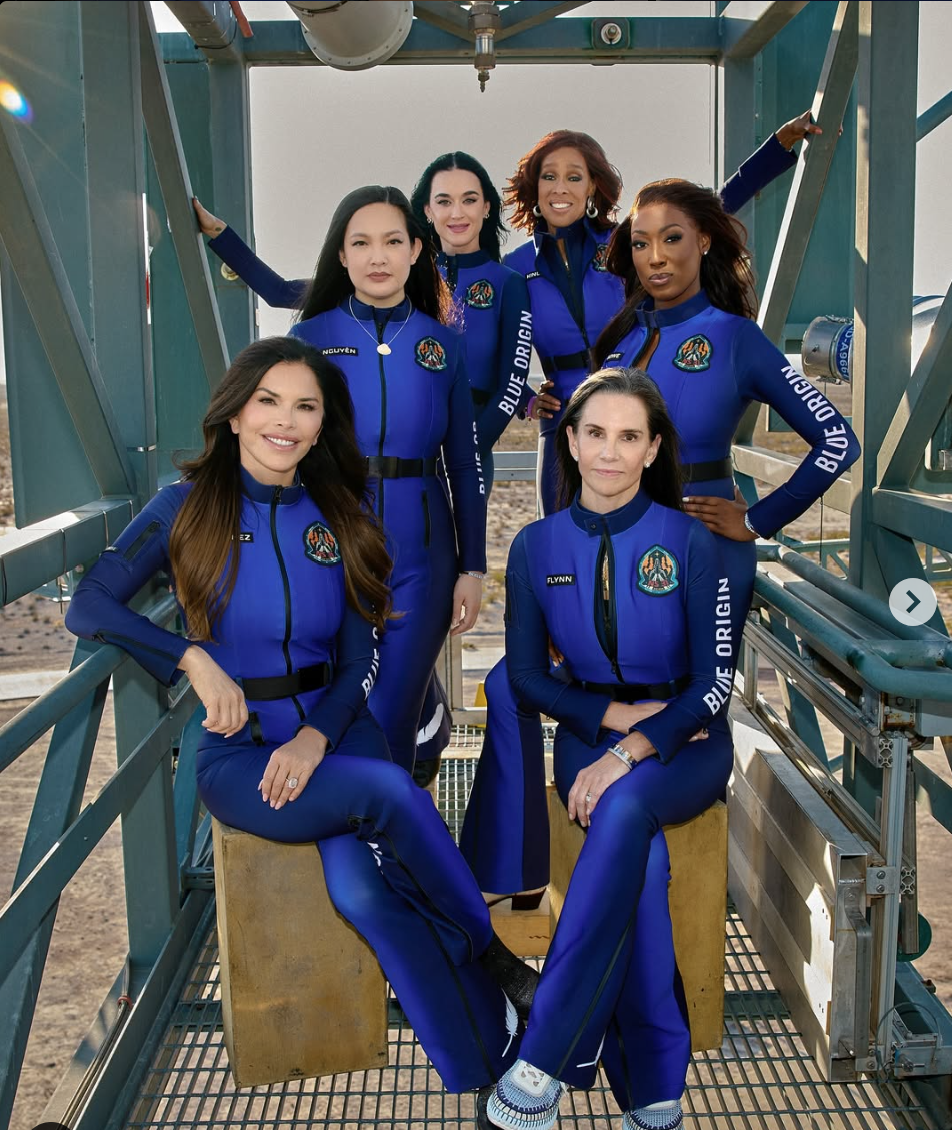A once-in-a-lifetime event is coming to Williston.
On April 8, a rare solar eclipse will pass by North America, allowing Williston students to witness a deep partial, astronomical event. The surrounding area will darken significantly; the eclipse will begin at 2:13 p.m, hit max eclipse at 3:27 and will end at 4:37 p.m.
A solar eclipse happens when the moon precisely passes between the Sun and Earth. When the sun is completely blocked, it is a total solar eclipse, while partial solar eclipses happen when it is not totally blocked.
Due to the tilted axis of the moon’s orbit, solar eclipses happen roughly every 18 months, taking place two to five times per year. However, it takes nearly 400 years to witness a solar eclipse in a particular position; for example, only 13 total solar eclipses have crossed North America over the U.S., according to NASA. It makes solar eclipses, total or even partial, a once-in-a-decade, or even a lifetime, spectacle for most people.
Before you look up to marvel, remember: viewing a partial solar eclipse requires special solar viewing glasses or handheld solar viewing devices, as the intense light can cause severe damage to the eyes, according to NASA.
Some other ways to watch a solar eclipse are solar-safe binoculars or telescopes, and indirect viewing methods, such as a pinhole projector with a mirror and a small hole to look through. Since the beginning of the eclipse, the moon will take about an hour to cover the sun gradually; look for shadows cast on nearby objects or directly view the sun with the above methods.
Ken Choo teaches Planetary and Stellar Astronomy, and mentioned that the true potential of eclipses lies in the increased visibility of the sun, which helps scientists better observe them.
“It’s important to realize that the sun is producing a tremendous amount of energy,” he said. [Because of this], it’s hard to study, for instance, the atmosphere around the sun because we can’t see or detect electromagnetic radiation from that area, because it’s just obliterated by the amount of energy coming from the sun itself.
“[but] when the moon blocks out [the sun], the atmosphere around the sun becomes more accessible and easier to study,” Choo added.
He also cleared up the misconceptions surrounding the two types of eclipses: lunar eclipses and solar eclipses.
“Solar eclipses and lunar eclipses are completely different,” said Choo. “[In solar eclipses], the moon is blocking out the sun, and that’s why we see the so-called solar eclipse; in a lunar eclipse, the earth’s shadow is covering the moon, which commonly happens at night.”
Brooks Marshall, a 9th grader who witnessed an eclipse in 2017, was mesmerized by the eclipse.
” I was on an island in New York … the tour guide gave us eclipse glasses when the sky suddenly dimmed, and it suddenly got cooler, probably because the sun wasn’t directly hitting us,” he said. “When we put on sunglasses, we saw something like a big, fiery ring in the sky.”
Brooks said he is “ecstatic” to relive the experience during the upcoming eclipse.
“[The eclipse] was such an interesting experience that I know wouldn’t come many times in my life, so I feel fortunate to experience it again, especially since many people never experience it,” said Brooks.



